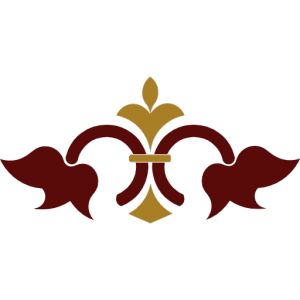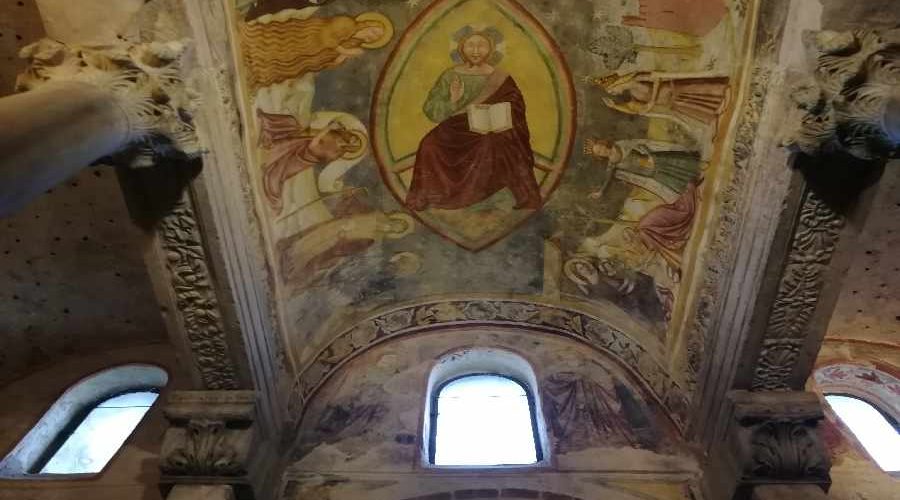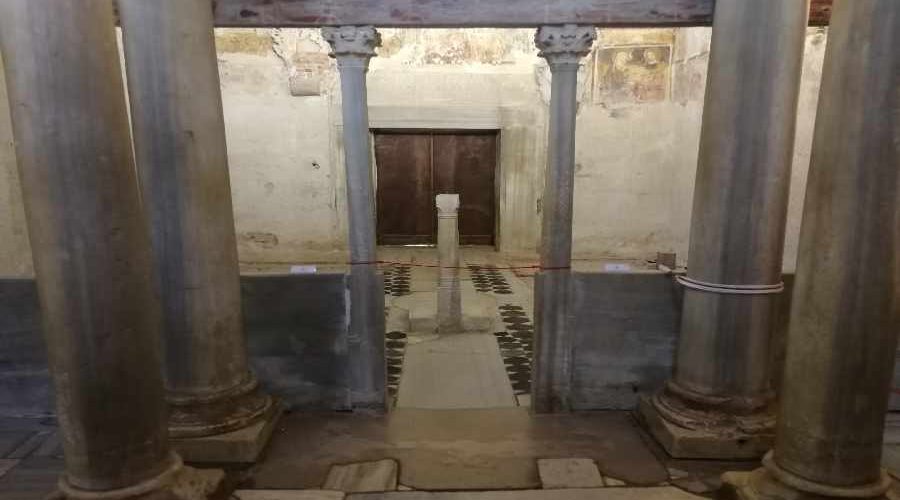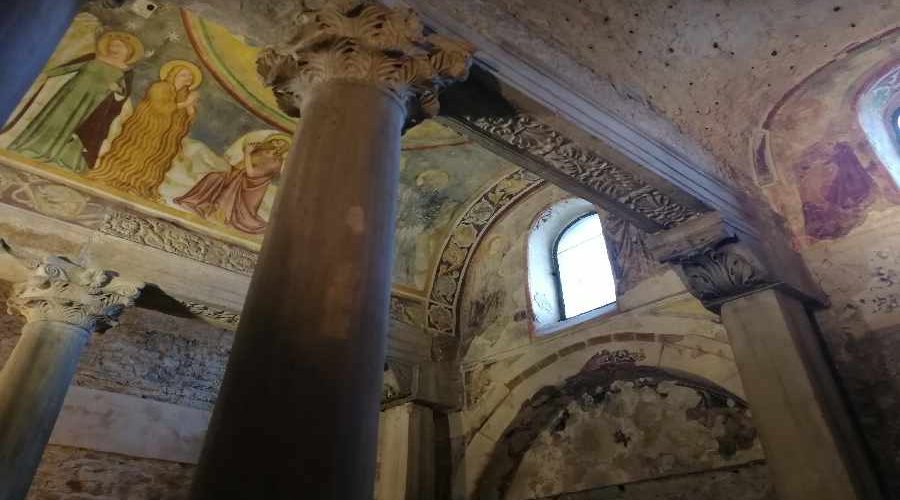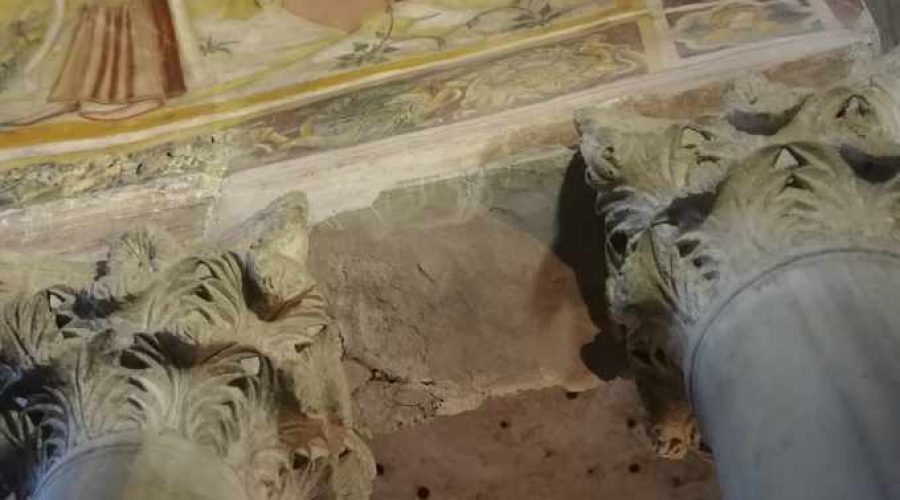The first time I entered the Lombard Temple, I immediately felt as if I was shrouded in a sublime, warm atmosphere. I felt a feeling of belonging to a place full of history. And being born and raised in Cividale, I strongly felt part of it.
The small sacred building, considered one of the most complex and complete expressions of the early Middle Ages in Italy, looks like a treasure chest of artistic and architectural beauties, where, as soon as you enter it, it is difficult to choose a single point where to gaze.
The Temple lies where the Palatine Chapel once stood, inside the residence of the representative of the Lombard King, the so-called "Gastaldaga"; it was built around the middle of the 8th century and it soon became a monastic oratory.
In the space inside the Tempietto, a square room with a cross vault and a presbytery with three naves with barrel vaults follow one another, a triforo delimiting the two rooms.
The materials used come from other older buildings, such as shelves and architraves of the presbytery. Columns, pillars and elements of the Byzantine period of the fence that separates the presbytery from the hall, are all in Greek marble, while bases and capitals are from the early Middle Ages.
The frescoes that we find inside, mostly represent sacred figures and are considered one of the best pictorial expressions of the eighth century, the work of artists linked to Greek-Byzantine painting. Of extraordinary finesse are the stucco decorations whose iconographic repertoire and the naturalistic and plastic rendering refer to early Christian and Byzantine art. They are found in the ornamental work consisting of a band decorated with a spiral branch motif that runs around the arch of the portal on the west wall. In the upper part of the portal, the clusters and leaves create a beautiful chiaroscuro effect that contributes to amplify the three-dimensionality of the decoration. Also worked in stucco are six slender female figures, two of them stand in a slightly three-quarter pose and wear monastic robes as an act of devotion and the othe four wear royal robes and jeweled necklaces and face the front, and are illuminated by the light coming from a small window.
Decorating the central hall are the wooden choir stalls (which are actually not there because they are undergoing restoration in the Church of San Giovanni Battista next to the Temple and are visible before entering the Tempietto) dating back to 1384 and are considered to be one of the most precious medieval liturgical furnishings. It was used by the nuns to pray at various times of the day. The various stalls that compose it (32 in all) are decorated with figures of fantastic and non-fantastic animals and leafy motifs. The seats of the novices are decorated much more simply, while the seats of the Regent and the Abbess are marked with the image of the unicorn, a symbol of purity. Interesting is in the choice of wood used for the nuns' seats, which were made of poplar wood, which insulated and was warmer to the touch, this to keep their body warm during the prayers of the winter months, while the choir was built with chestnut and with the much more resistant walnut wood.
In the presbytery area three small naves are surmounted by barrel vaults, supported by a pair of columns with Corinthian imitation capitals. The frescoes on the vaults represent Saints Peter and Paul, the Archangel Gabriel, the Virgin Mary and a fragment of the Nativity of Jesus. The bright colors and the finesse in the execution give us an idea of the chromatic charge that the Tempietto must have had at the time of its maximum splendor.
